City Landscape by artist, Joan Mitchell
Art has come a long way in the last one hundred and fifty years. There was a time when art was only considered ‘serious’ if it depicted an accurate representation of reality. This included realistic images of people, places and objects.
Slowly, attitudes towards art started to change. Instead of depicting reality, artists towards the end of the 19th Century began to explore the depiction of emotions. A number of new art movements including Post-Impressionism, Fauvism, Cubism and Dada eventually led to the acceptance of abstract art in the 20th Century.
Abstract art is not so much an art movement as it is more of a variety of different movements of art. So just what is considered abstract art? This post delves into exactly what abstract art includes.
Abstraction vs Realism
Abstraction and realism are two opposite approaches to art. The former rejects any depiction of reality, while the latter aims to create illustrations of reality that are as accurate as possible.
Of course, there are some works of art that sit somewhere in the middle, which is why it’s best to view abstraction and realism as a sliding scale.
At the far end of the realist scale, you have the works of artists like Courbet and Millet that tried to depict real life events such as people at work on fields in gritty detail. Move a little further towards abstraction and you get movements like Impressionism practiced by Monet and Renoir, which used exaggerated emotional depictions of real life scenes, and surrealism practiced by Dali and Kahlo, which uses identifiable objects but in a dream-like setting. As you move towards the middle, you come to movements like cubism and fauvism, where scenes are still identifiable, but aspects such as color or perspective are completely warped. From here, you start to move into more pure abstraction, where shapes and forms are intended not to resemble any identifiable object.
What were the first abstract art works?
Abstract art has been practiced for centuries in the Islamic world, where figurative art was sometimes viewed as sacrilegious. Many Japanese artists such as Susshu Toyo are also known for their misty distortions of reality in which the content of the image is barely identifiable.
In other words, abstraction has been practiced in some cultures for centuries. It was really only the western world that rejected it as a serious art form until the 20th Century. Some famous artists did attempt to explore abstraction long before this - many of the works of Turner border on abstraction, while Whistler’s Nocturne in Black And Gold was publicly condemned for being too abstract. However, the idea of ‘art for art’s sake’ was not fully embraced until later. Artists like Kandinsky, Matisse and Picabia are some of the first to develop the idea of pure abstraction, by which point more critics were starting to embrace abstraction and its possibilities.
Who are some famous abstract artists?
Many abstract artists have made a name for themselves over the last century. A few famous artists you may have heard of include:
Jackson Pollock
Jackson Pollock is arguably the most famous abstract artist. He was part of the abstract expressionist movement and one of the first artists to popularise ‘action painting’. His huge paintings were performances (and people actually watched them) in which paint was splashed, dripped and smeared onto canvas instead of carefully painted. This gives his work an enormous sense of energy - you can feel the force of which it was applied.
Vasily Kandinksy
Vasily Kandinsky is sometimes viewed as the pioneer of abstract art. His art was initially inspired by pointillism and gradually evolved into a more unique abstract style made up of dense compositions containing multiple shapes, colors and lines. Composition VII is one of his most complex and famous works. The Russian painter would influence pretty much every other abstract artist that came after him.
Piet Mondrian
Dutch painter Piet Mondrian started out painting realistic scenes but gradually embraced a more abstract style, eventually establishing his iconic signature style made up of geometric shapes. While some abstract art can feel very busy and scatterbrain, Mondrian took a much more simplistic and rigid approach. Mondrian is once known to have said: ‘art is higher than reality and has no direct relation to reality’.
Mark Rothko
American artist Mark Rothko began his career combining elements of surrealism and fauvism before moving into pure abstraction. He is primarily known for his large ‘color field’ series of paintings. His use of color and preference for specific lighting in galleries gives his works a hypnotic moody feel. Rothko is known to have once said: ‘a painting is not a picture of an experience, but is the experience’.
Joan Mitchell
Joan Mitchell is known for her abstract oil paintings. Like Jackson Pollock, she was a pioneer of ‘action painting’ using aggressive strokes and vivid colors to create extremely energetic paintings. There is almost a violent nature to her paintings, which makes them very unique compared to abstract expressionists of the time. Joan Mitchell’s works have influenced many contemporary abstract artists.
Is abstract art for me?
Abstract art is not for everyone. Many people find realistic paintings easier to understand and relate to. In many cases, you either ‘get’ abstract art or you don’t. Appreciating abstract art often involves being more invested in the emotions that it creates rather than what it depicts.
Many of today’s realistic art is still influenced by abstraction. Color palettes are sometimes played with to create stronger emotions or there may be experimentation with perspective. A great example of this is the work of David Crighton - his cityscape scenes of Toronto are easily identifiable, but are composed in a playful way in order to make them more charming and vivid.
By learning to appreciate the use of semi-abstraction, you may eventually be able to embrace pure abstraction. It involves being open to the idea of what art is - it doesn’t have to be a painting of a person or a tree to still have merit.


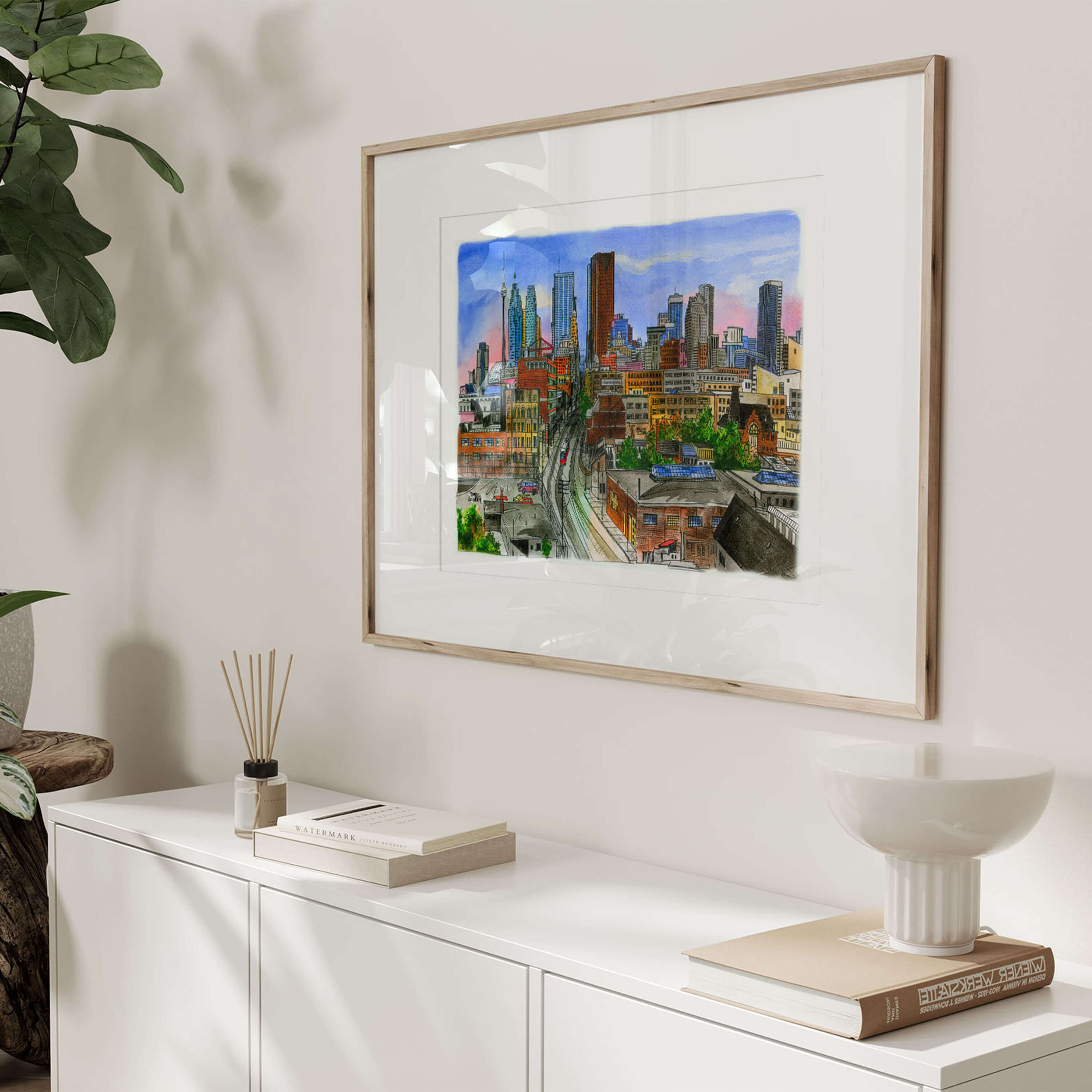
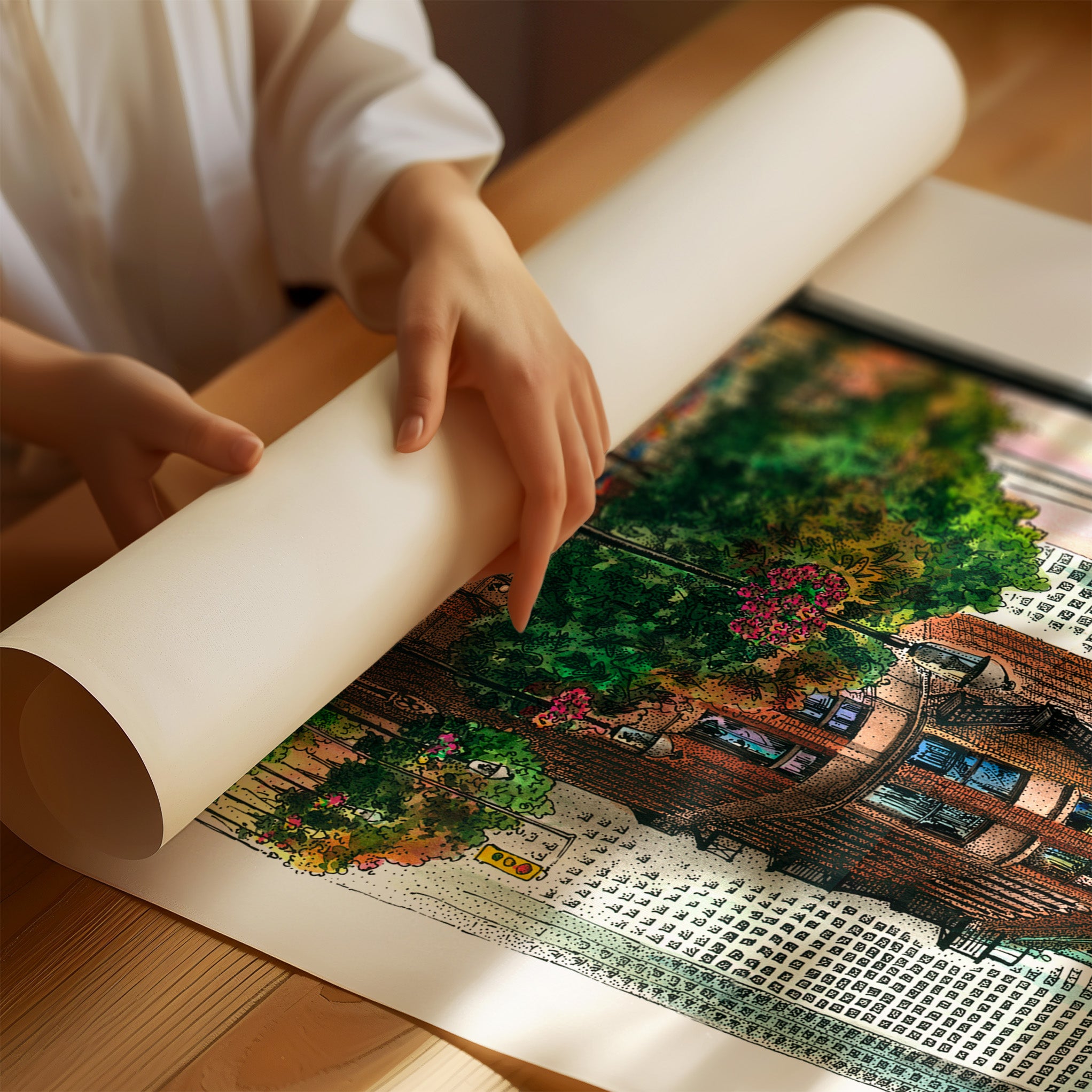
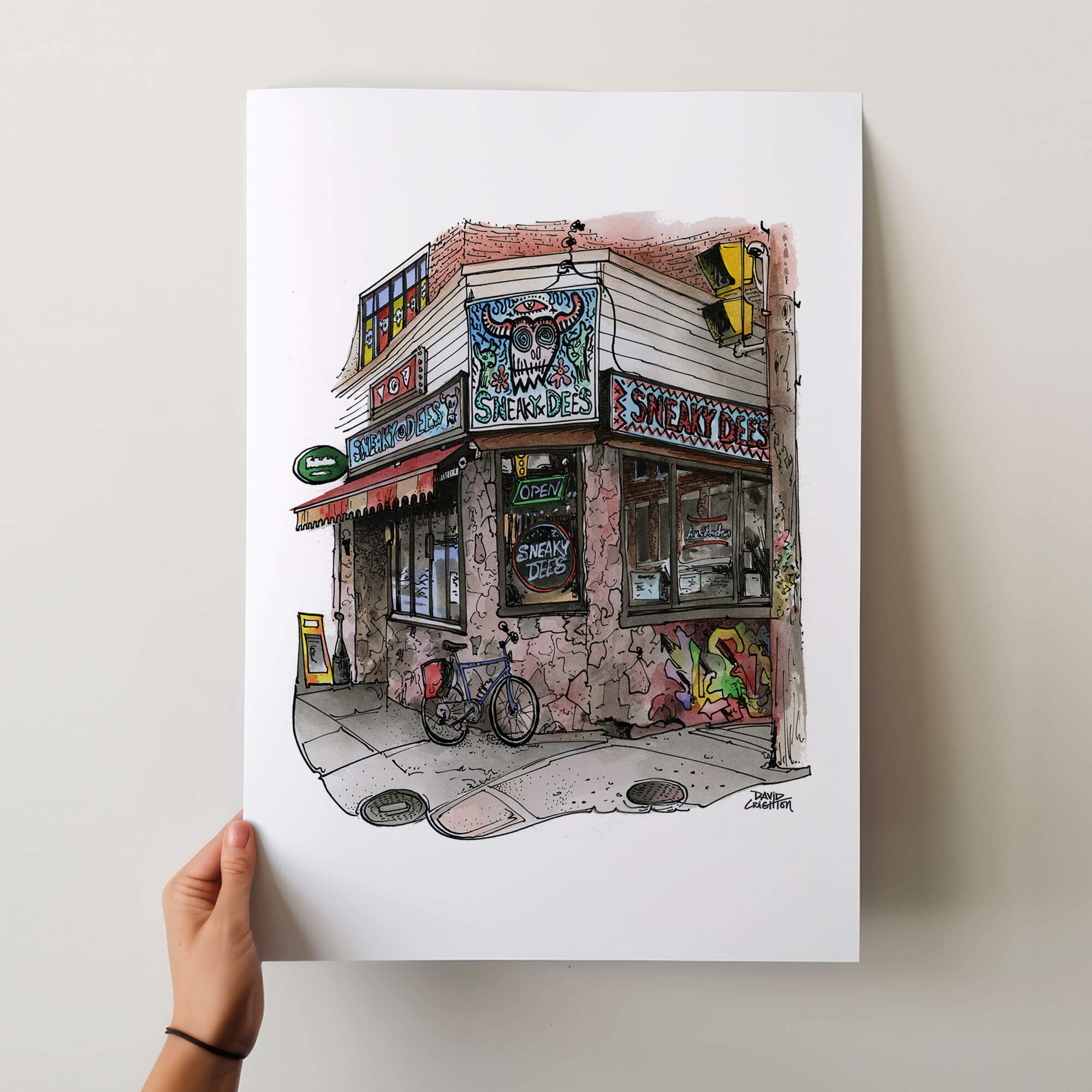
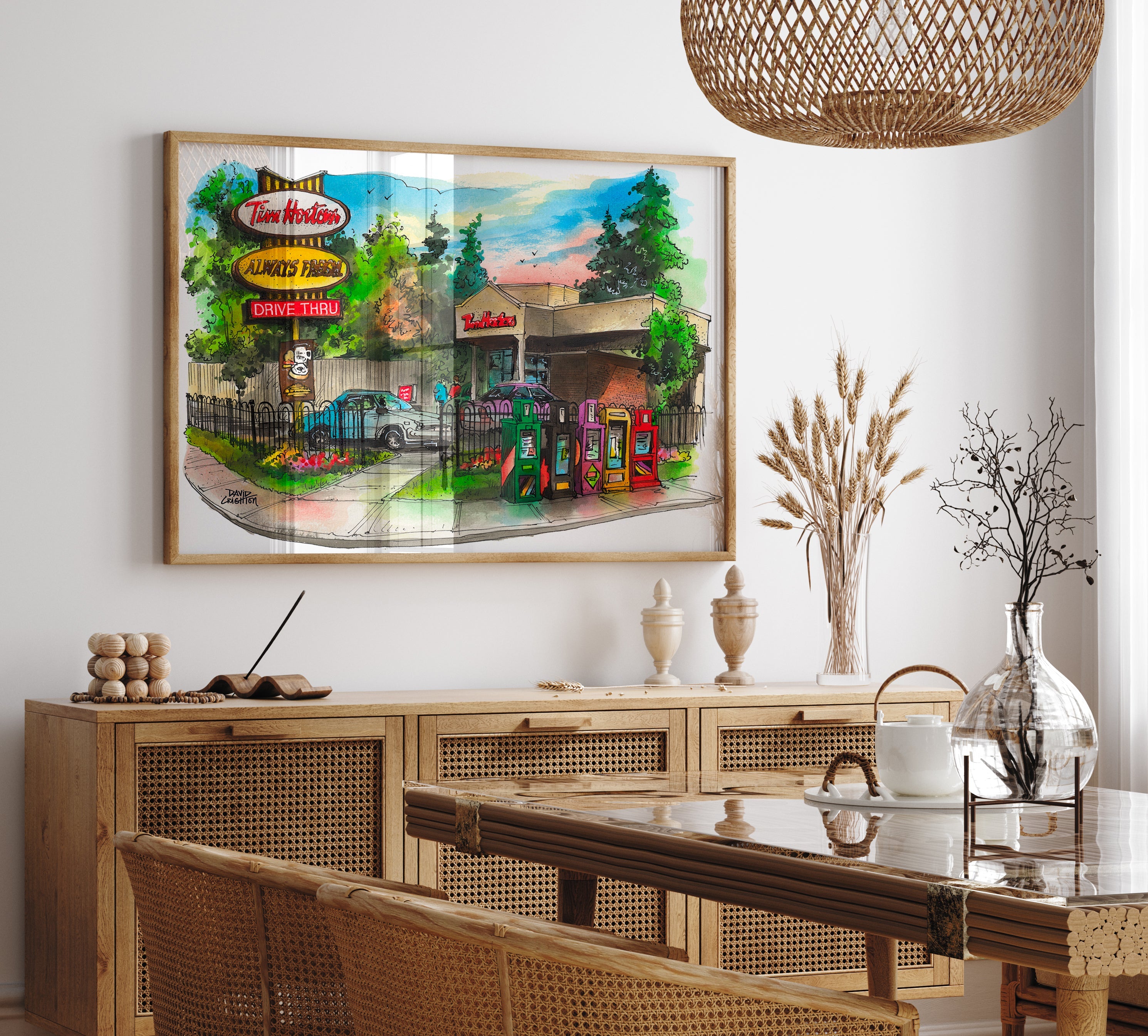
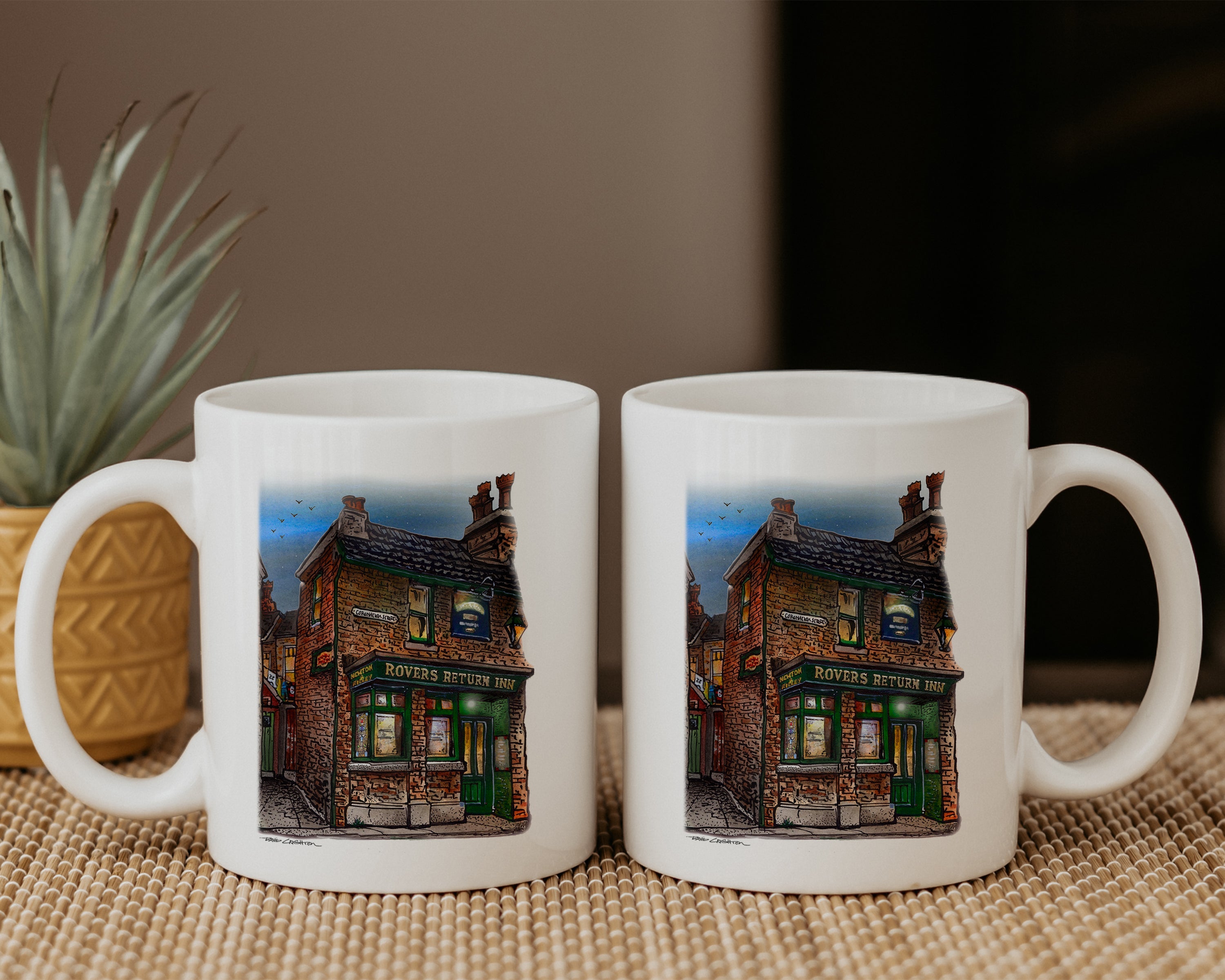
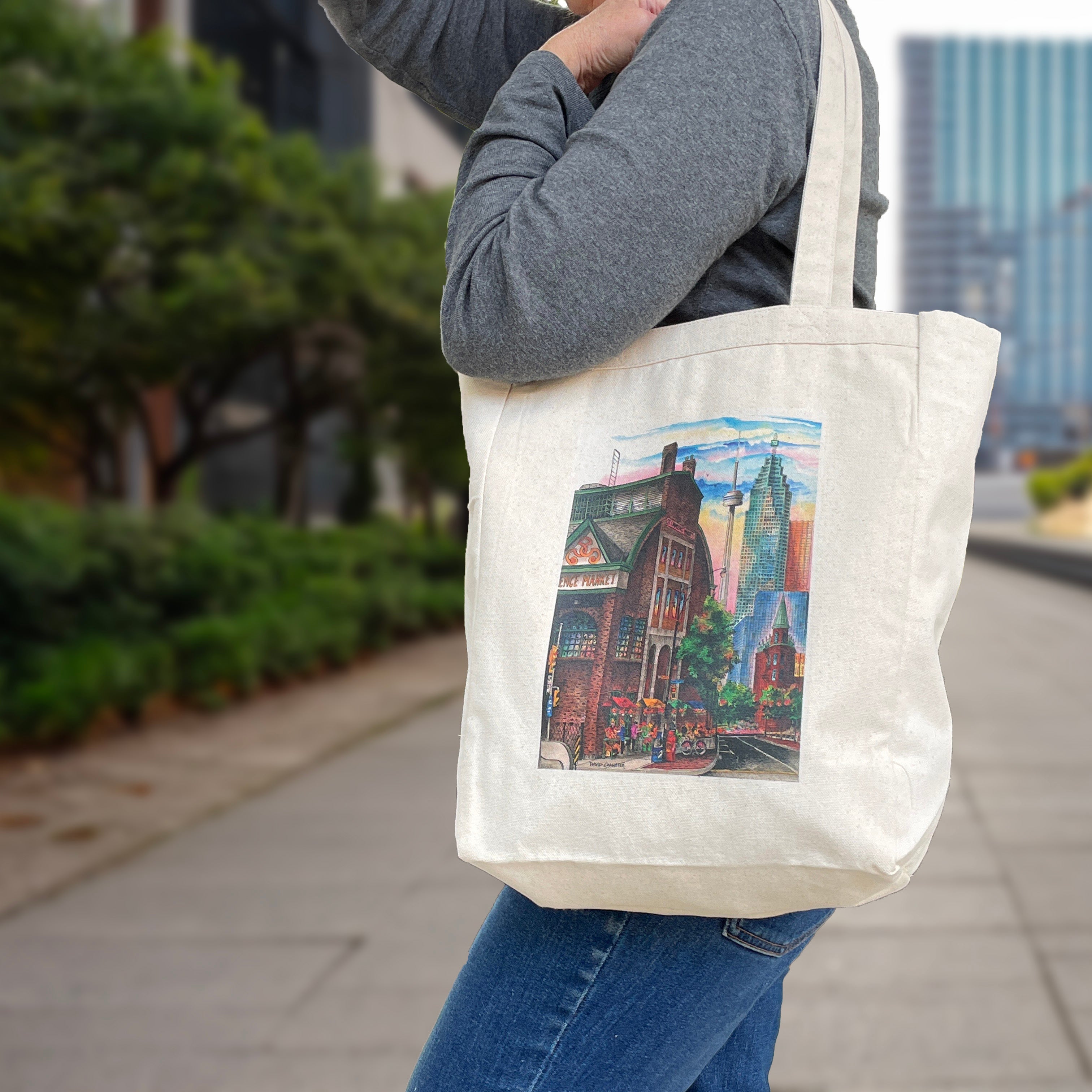
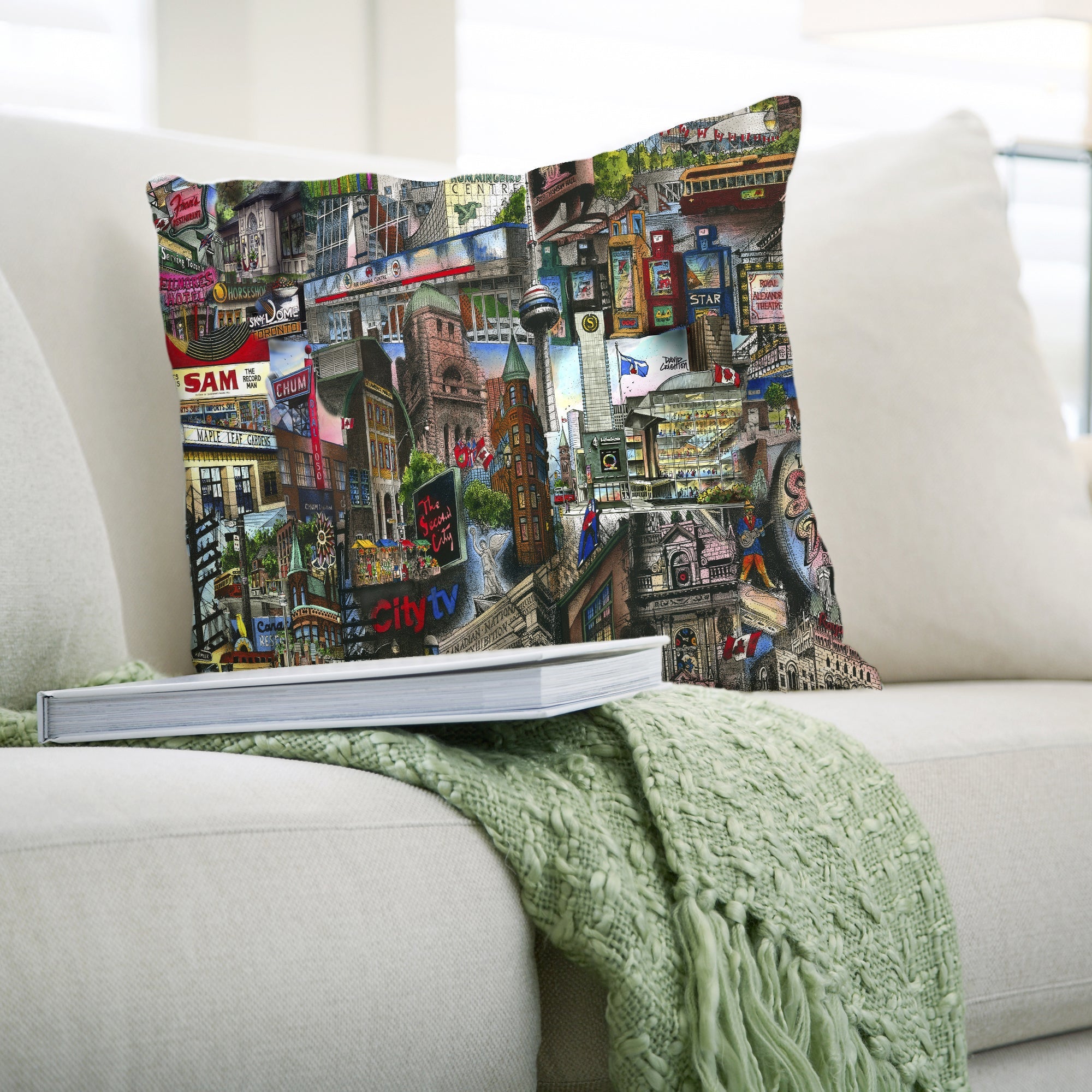
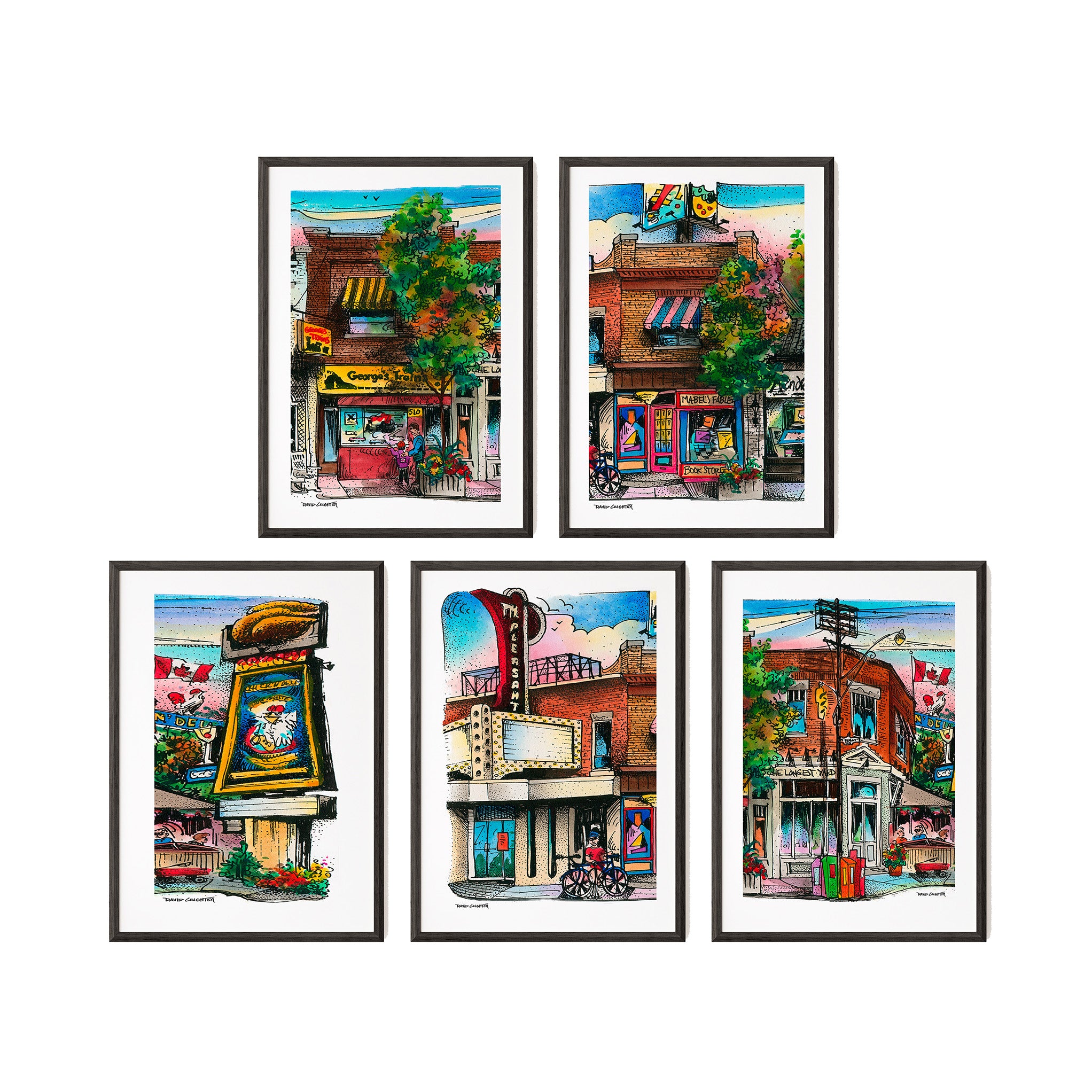
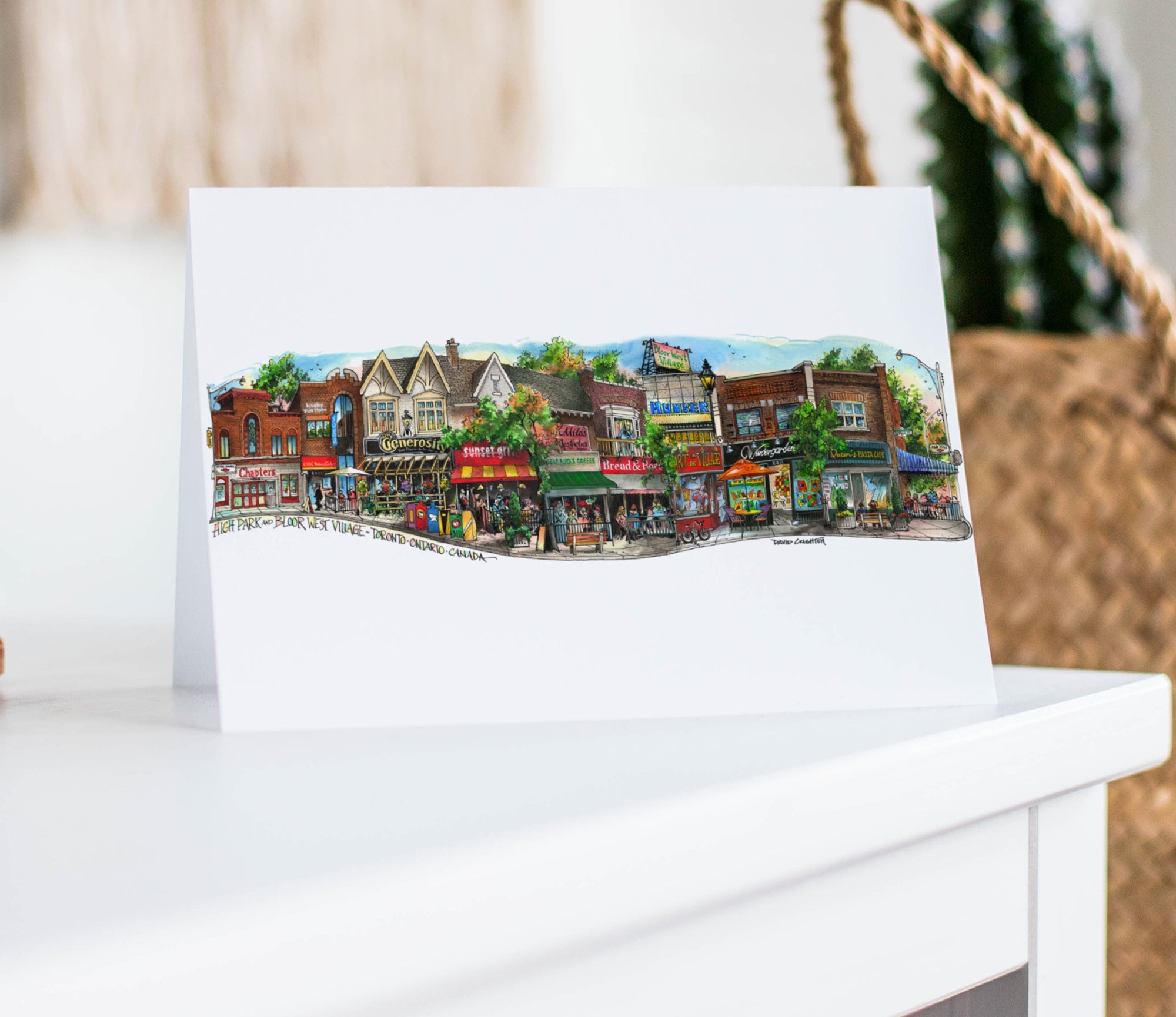
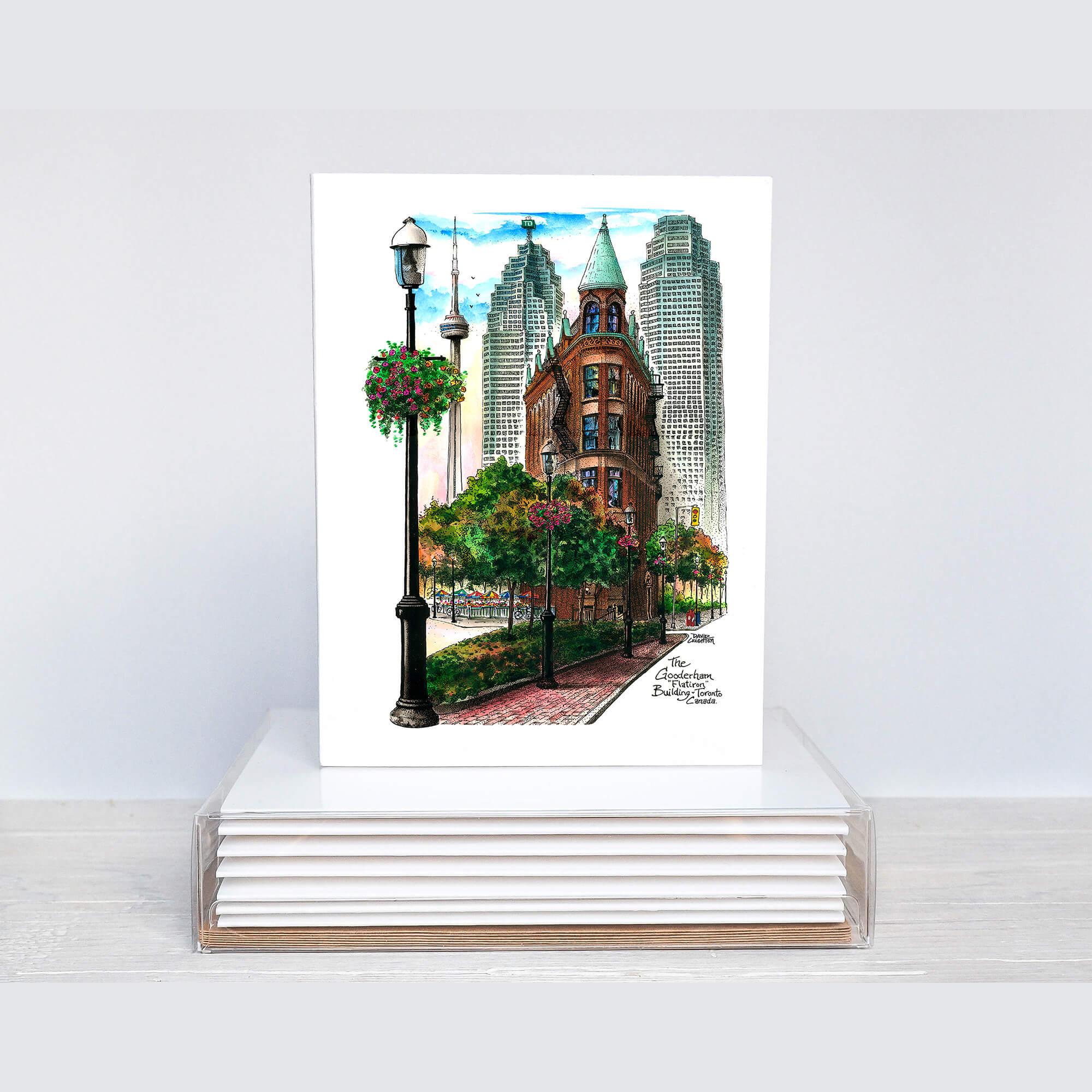
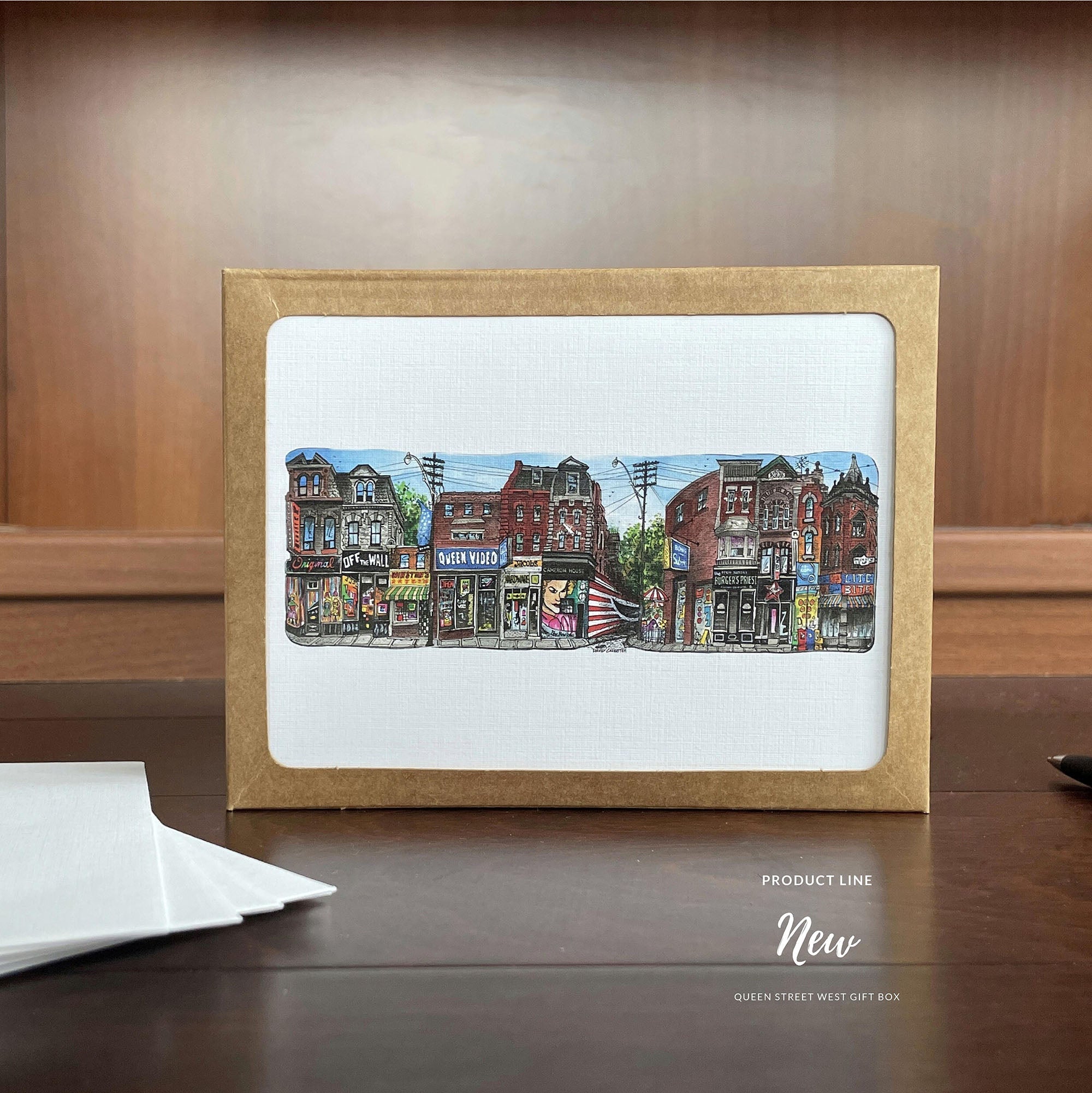
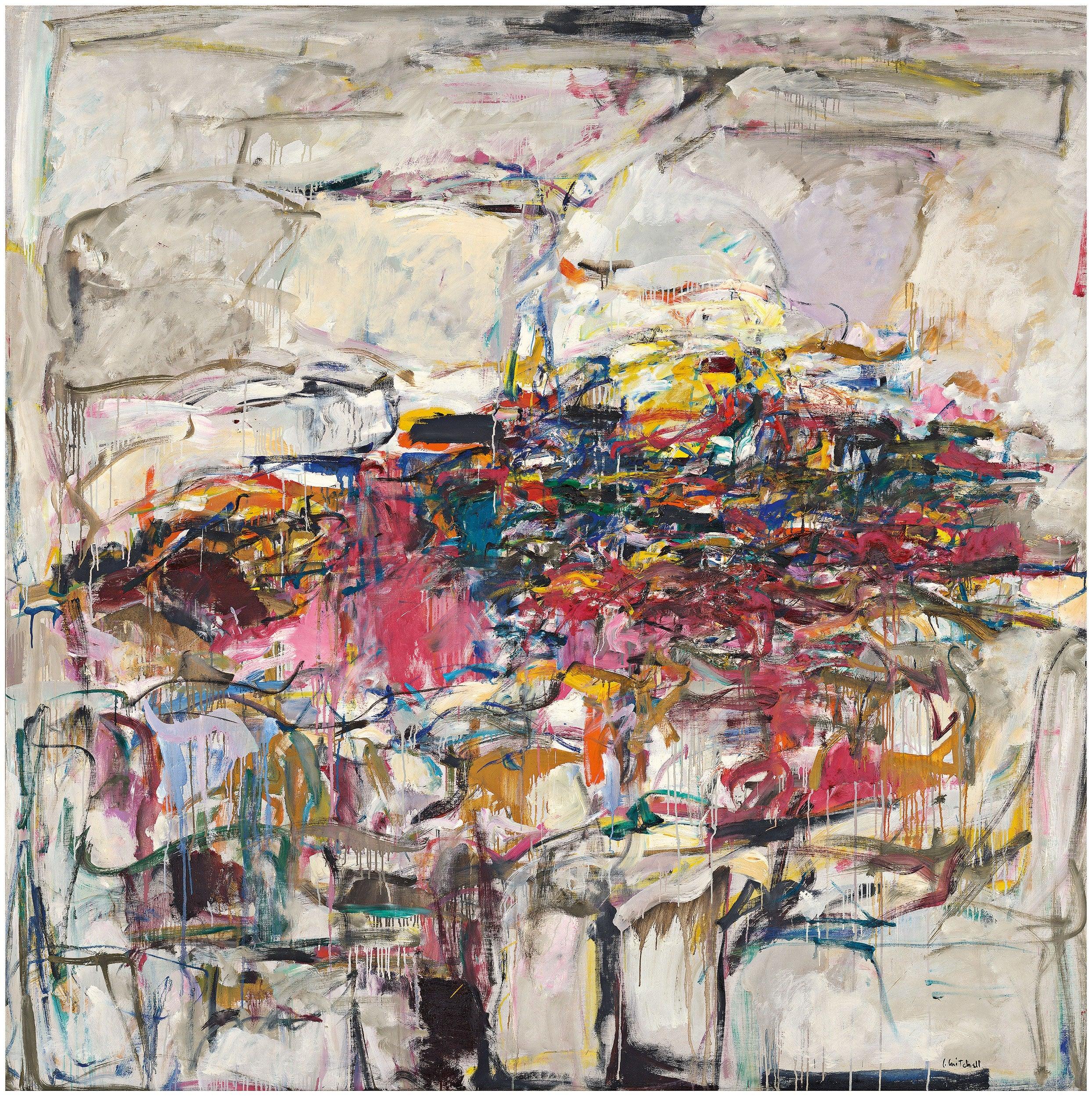
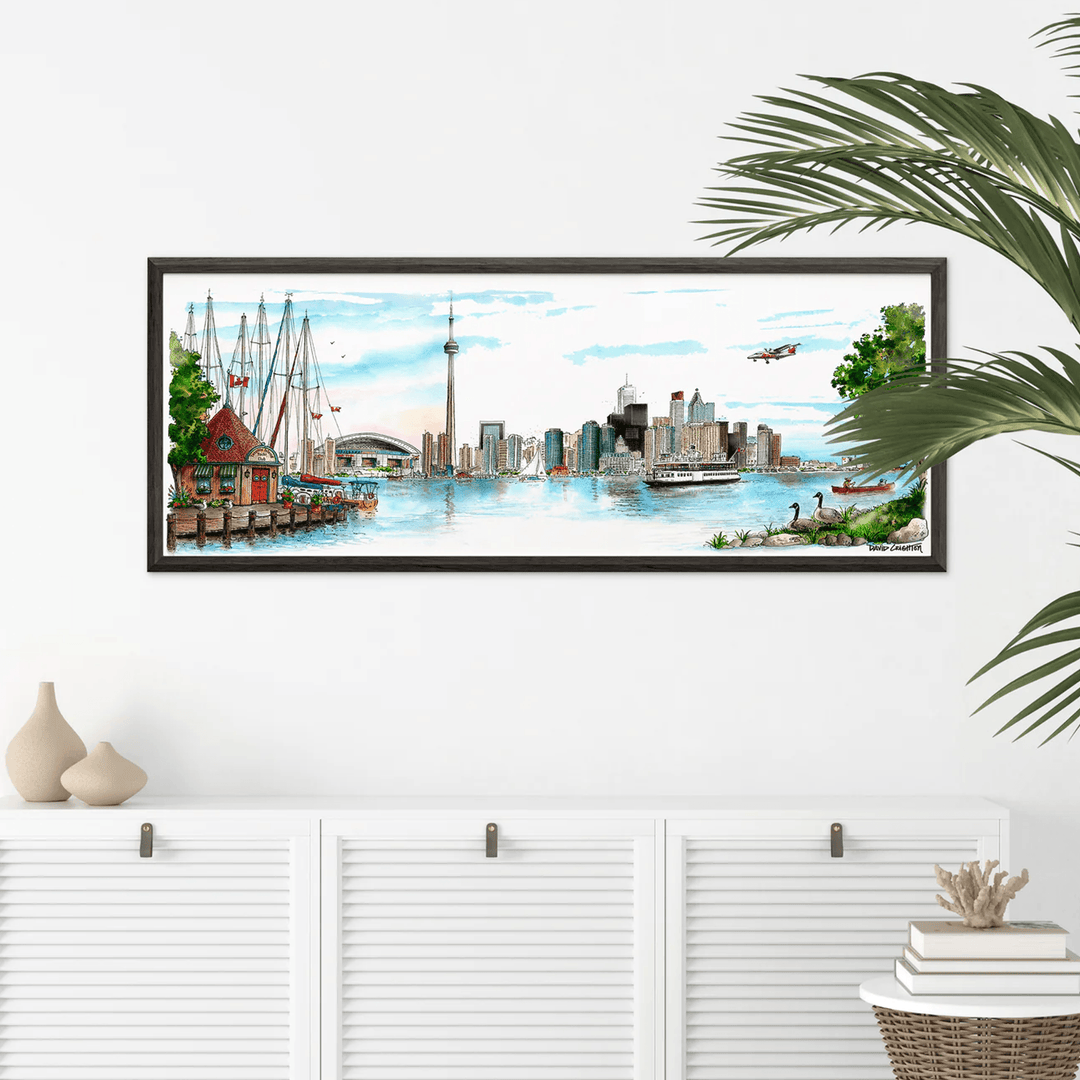
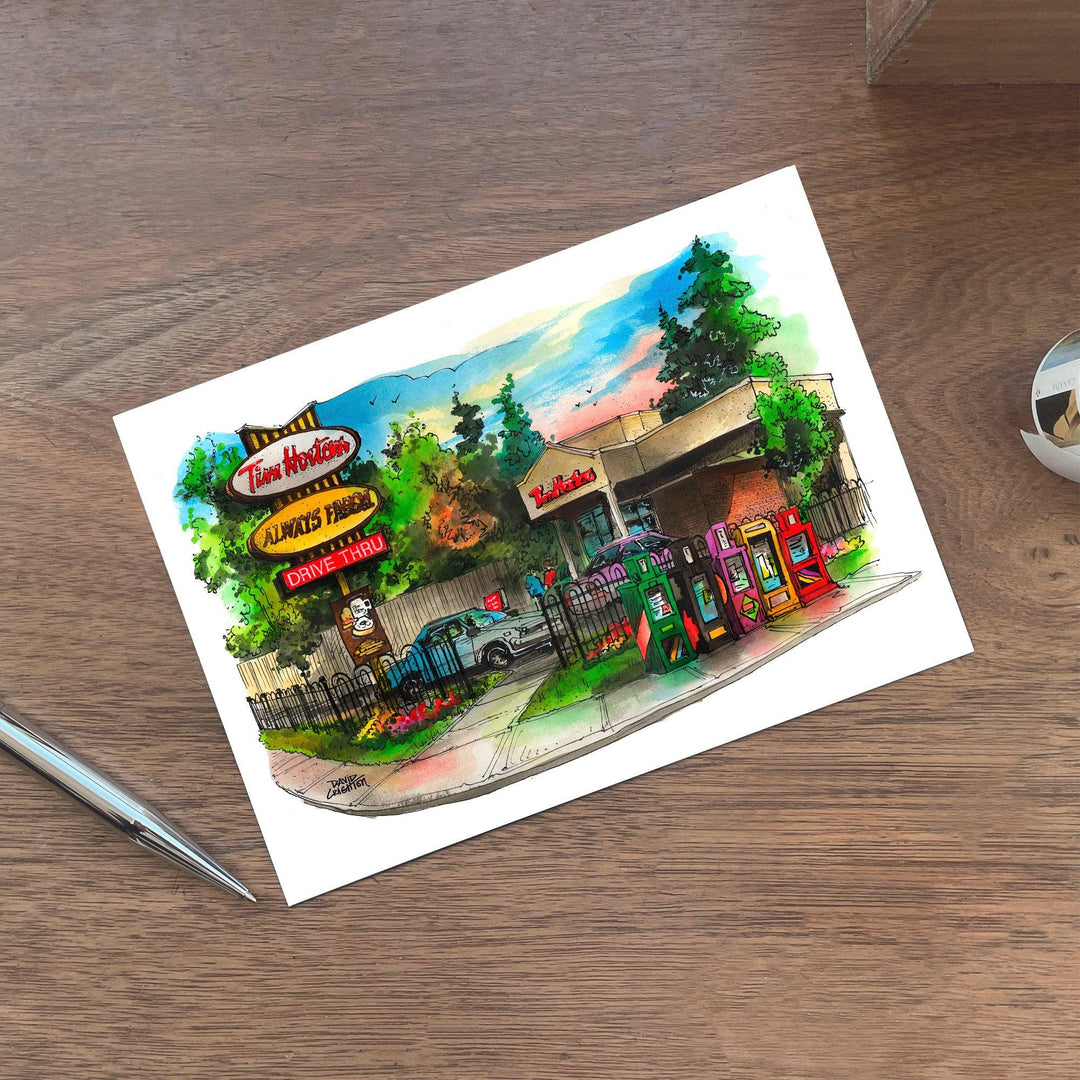
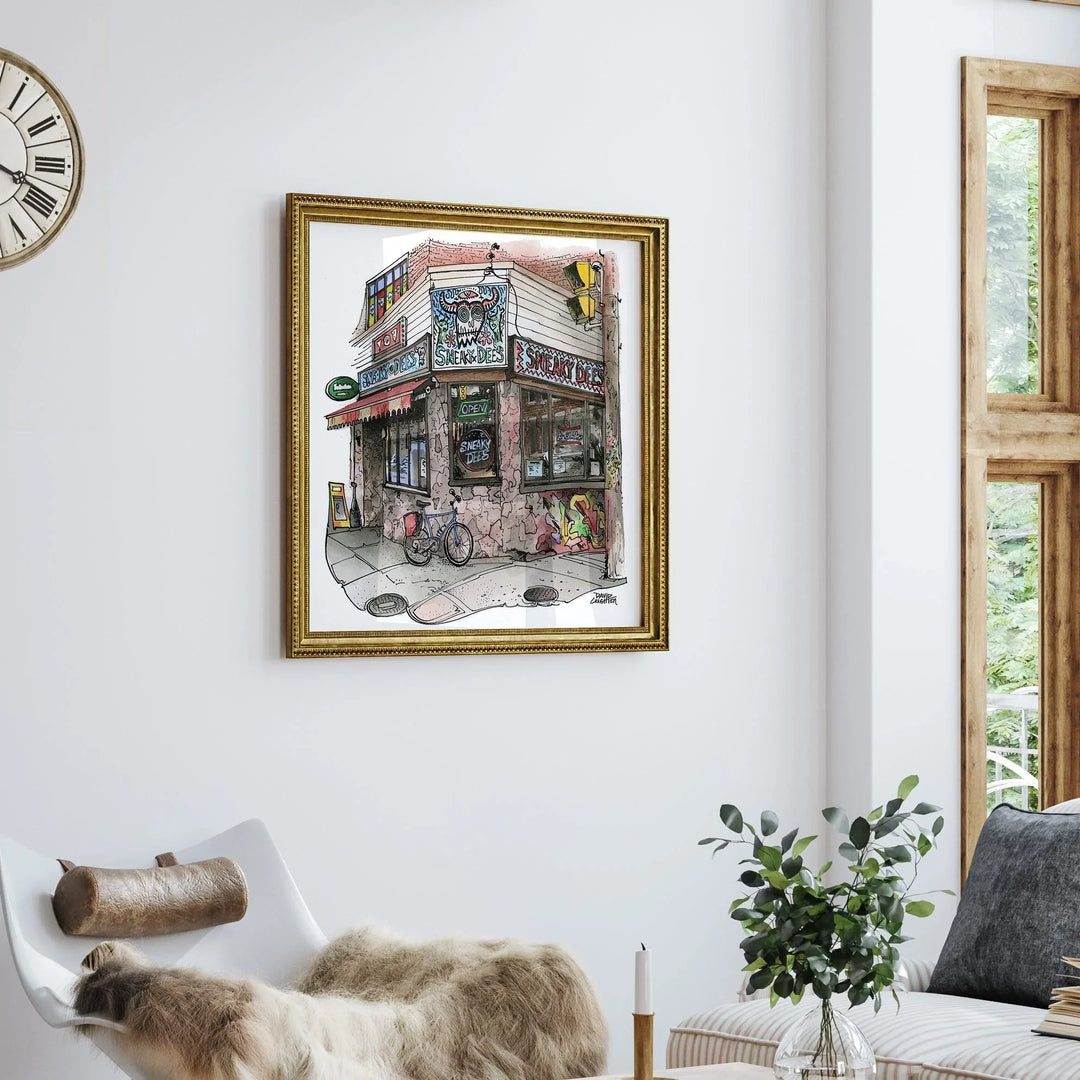
Leave a comment